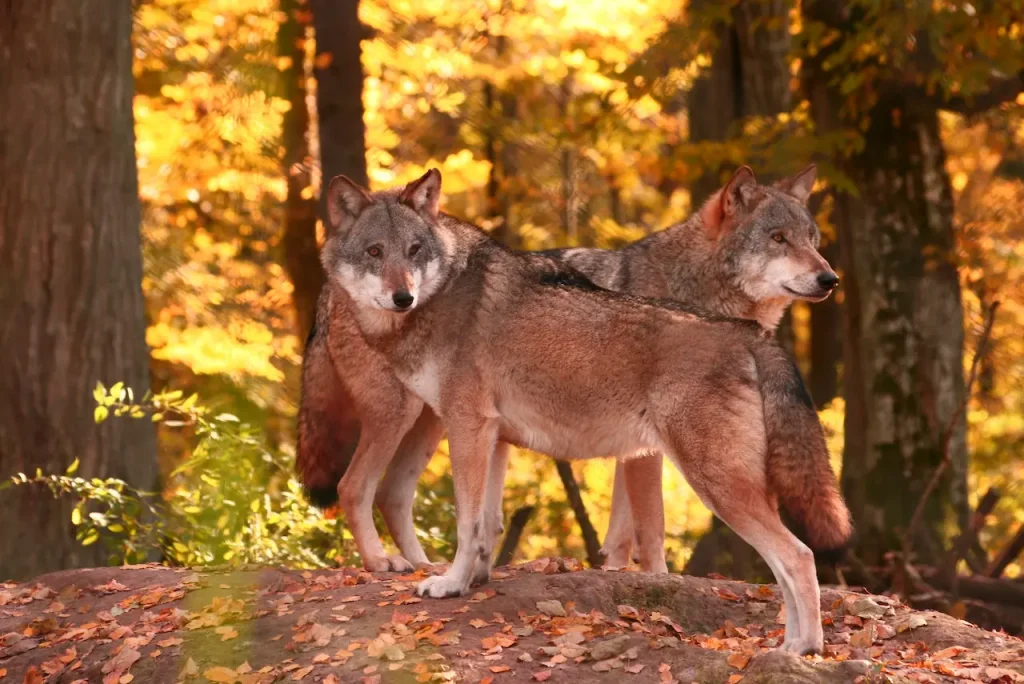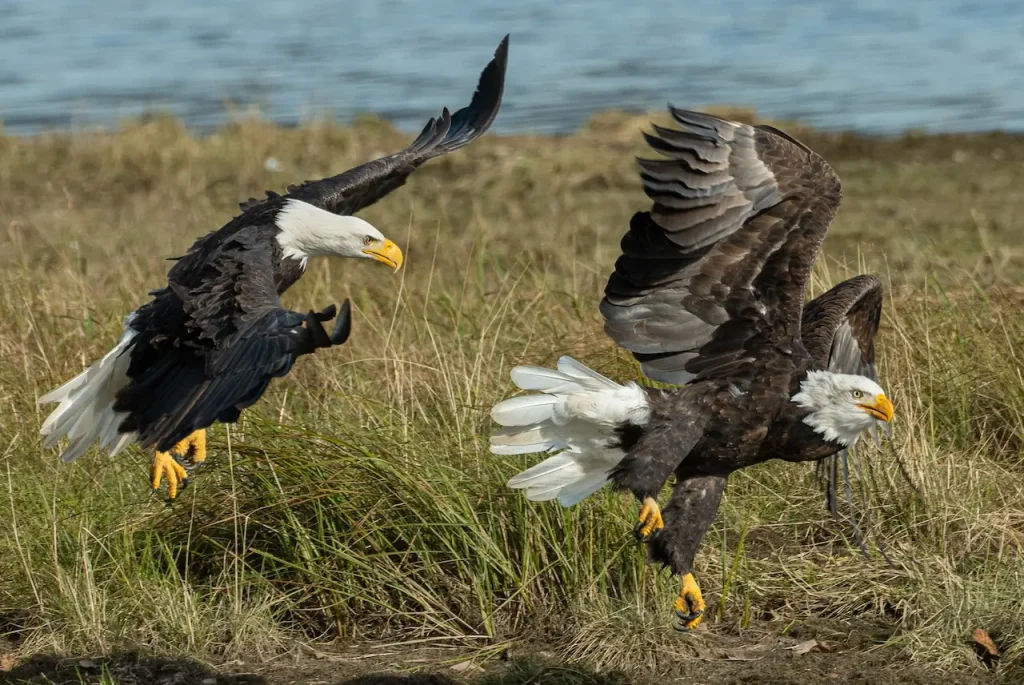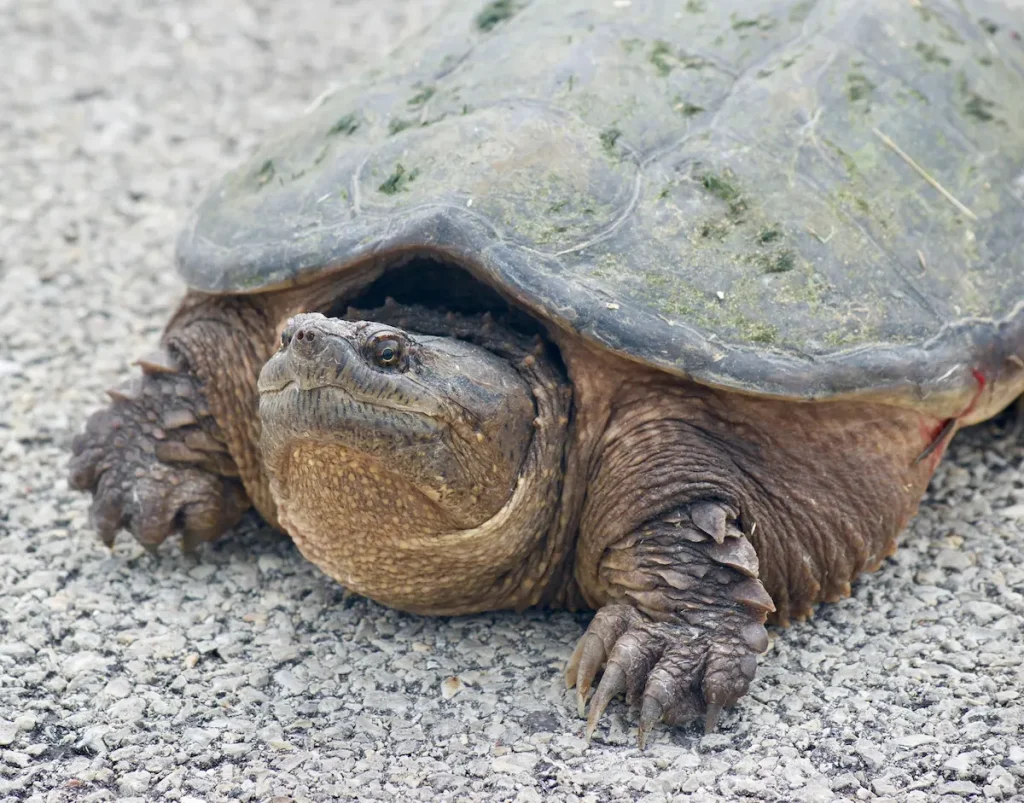What Eats Snakes?
Categories
- Accipitridae (1)
- Acrididae (1)
- Algae (2)
- Alligatoridae (1)
- Amoebidae (1)
- Amphibians (3)
- Anatidae (1)
- Anguillidae (1)
- Arachnids (2)
- Bears (2)
- Big Cats (3)
- Birds (13)
- Bovidae (5)
- Bufonidae (1)
- Camelids (1)
- Cameras (1)
- Canines (13)
- Caridea (1)
- Carnivora (10)
- Castoridae (1)
- Cats (5)
- Cebidae (1)
- Cephalopod (1)
- Cervidae (2)
- Cetacean (1)
- Chondrichthyes (1)
- Crocodilia (2)
- Crustaceans (4)
- Culicidae (1)
- Cyaneidae (1)
- Dasypodidae (1)
- Dasyurids (1)
- Deer (1)
- Delphinidae (1)
- Desktop (1)
- Didelphidae (1)
- Dinosaurs (1)
- Dogs (13)
- Dolphins (2)
- Echinoderms (1)
- Education (10)
- Elephantidae (1)
- Equine (1)
- Erethizontidae (1)
- Erinaceidae (1)
- Farming (1)
- Felidae (5)
- Fish (5)
- Food Chain (31)
- Food Web (2)
- Formicidae (1)
- Frugivore (1)
- Gaming (1)
- Gastropods (1)
- Giraffids (1)
- Great Apes (2)
- Health Conditions (3)
- Herbivore (4)
- Hi-Fi (1)
- Hippopotamidae (1)
- Hominidae (1)
- Insects (10)
- Invertebrates (2)
- Keyboards (1)
- Laptops (1)
- Leporidae (1)
- Mammals (23)
- Marsupials (4)
- Mephitidae (1)
- Microchiroptera (1)
- Mollusks (2)
- Mongoose (1)
- Muridae (1)
- Nocturnal Animals (1)
- Odobenidae (1)
- Omnivore (2)
- Phasianidae (1)
- Phocidae (1)
- Plankton (1)
- Plants (2)
- Primate (1)
- Ranidae (1)
- Reptiles (7)
- Rhinocerotidae (1)
- Rodents (5)
- Salamandridae (1)
- Scarabaeidae (1)
- Sciuridae (2)
- Sharks (1)
- Shellfish (1)
- Sound (1)
- Spheniscidae (1)
- Suidae (1)
- Superfamily Papilionoidea (1)
- Theraphosidae (1)
- What Eats (5)
As predators that evoke fear in many people, snakes may seem like invincible hunters that sit unchallenged atop food chains. However, in reality, snakes are consumed by a diverse array of predators and play integral roles as both predator and prey in ecosystems around the world.
Snakes must constantly avoid becoming a meal themselves for the many hungry animals that have evolved specialized abilities to catch and consume these elusive reptiles. This article will explore in depth the many types of predators that routinely include snakes as part of their diets.
Mammals That Hunt Snakes
Mammals of all shapes and sizes are among the most frequent and adept predators of snakes worldwide. Many mammalian carnivores and omnivores will readily feed on snakes when given the opportunity.
Table of Contents
ToggleCanids – Wolves, Coyotes, Foxes
Several dog-like canids are cunning snake predators, including gray wolves, coyotes, foxes, jackals, and even the raccoon dog. Packs of coyotes often work together to surround rattlesnakes and distract them to give them an opening for a lethal bite.
Red foxes pounce rapidly on detected snakes and shake them vigorously to inflict fatal damage. Both coyotes and foxes are resistant enough to snake venom to prey upon rattlesnakes, cobras, and vipers. Domestic dogs also retain their instincts to hunt and kill snakes.
Felids – Cats, Lions, Leopards
The big cats are legendary snake predators, using their incredible agility, stealth, speed, and paw power to dispatch serpentine prey. Lions, tigers, leopards, jaguars, and cougars can all take down large constrictors and venomous snakes.
Their heavy paws pin a snake’s head to immobilize it, while strong jaws deliver a killing neck bite. Even smaller wild cats like ocelots, bobcats, lynx, and caracals regularly prey on snakes. House cats toy with and kill snakes that unwittingly cross their paths.
Bears
As omnivores bears like grizzlies, black and brown bears eat a varied diet and are opportunistic snake feeders. During early spring, when snakes are still sluggish, bears will dig up snake dens and rip up logs and rocks to expose hiding snakes.
Bears use their sheer strength and long claws to break into snake nests and consume eggs and hatchlings. Their thick fur coats provide protection from venomous snake bites.
Mongoose, Meerkats, Weasels
These agile, social weasel-like mammals have evolved physiological resistance and specialized tactics for feeding on venomous snakes, particularly cobras.
Indian mongooses, meerkats, and honey badgers work together in groups to distract dangerous snakes and deliver coordinated killing strikes while avoiding being envenomated. They are relentless predators of snakes.
Rodents and Lagomorphs
Certain rodents like hedgehogs and pigs prey on small snakes through opportunistic attacks. Porcupines defend themselves with their spines and can injure snakes that strike them.
Some rat snakes have turned the tables and feed largely on rodents, eggs, and smaller snakes. Rabbits and hares occasionally stomp on and kill snakes that startle them.
Marsupials
Many marsupials are adept snake predators, including the dingo, Tasmanian devil, numbat, bandicoots, and opossums.
These agile mammals use their quickness, reflexes, vice-like jaws, and rough biting power to capture and kill snakes for food, even if they are primarily herbivores. Even large kangaroos and wallabies may stomp on or kick snakes defensively.
Primates – Monkeys, Chimps, Baboons
Some monkeys, apes, chimpanzees, baboons, and lemurs are opportunistic snake predators, grabbing and consuming small snakes when encountered.
Chimpanzees have been observed battering large snakes against trees to weaken them and then tearing off their heads with a bite. The quick hands and adept jumping of lemurs allow them to snatch up snakes from the ground to eat.
Birds of Prey That Hunt Snakes
Raptorial birds are frequent predators of snakes worldwide, using their speed, sharp talons, acute vision, aerial agility, and deadly beaks to hunt, kill, and consume serpentine prey.
Hawks and Eagles
Diurnal raptors are especially proficient and intrepid snake hunters. Goshawks take snakes through swift surprise aerial attacks from above.
Larger buteos like red-tailed hawks and huge eagles like the Philippine eagle grasp snakes in their talons and lift them aloft. The long-legged secretarybird adeptly stomps on and kills venomous snakes.
Owls
The powerful talons and sharp beaks of nocturnal raptors like great horned owls, snowy owls, and eagle owls make them lethal nighttime snake predators.
Some owls, like the western burrowing owl, specialize in hunting rattlesnakes and even consume venomous snakes.
Vultures
As scavengers, vultures do not actively hunt live snakes but will readily feed on dead snake carcasses they find. Vultures’ bare heads and necks help protect them from snake bites when scavenging.
Corvids – Crows, Jays
Brainy crow family birds like ravens, crows, and jays gang up to surround and harass snakes through mobbing behavior.
They jab snakes repeatedly with their sharp beaks and even distract snakes to expose their heads for a killing blow.
Roadrunners
This iconic terrestrial predatory bird native to the Americas uses clever tricks for hunting snakes, like luring them into cactus patches and then leaping upwards to club snakes forcefully with its feet. Roadrunners are resistant to rattlesnake venom by neutralizing proteins in their blood.
Other Birds
Herons, shrikes, cranes, storks, many falcons, and other agile predatory birds supplement their diets by hunting and consuming snakes whenever the opportunity arises. Their precise, strategically targeted strikes kill snakes.
Reptiles That Feast on Snakes
Snakes must constantly be on guard against becoming prey for other reptilian hunters, looking for any opening to attack and consume them.
King Cobras and Kingsnakes
The king cobra is a dominant snake predator, using its potent venom to immobilize and incapacitate other snakes before consumption.
Kingsnakes and milk snakes constrict and kill other snake species, including venomous snakes like vipers and mambas. Their natural immunity to snake venom allows them to safely eat other venomous snakes.
Monitor Lizards
The large monitor lizards have robust bodies, sharp claws, speed, and extremely powerful jaws that allow them to readily catch snakes and devour them whole.
Some monitors are skilled at raiding snake nests and consuming eggs. The Komodo dragon is a giant monitor that fearlessly eats snakes.
Crocodilians
Lurking crocodiles, alligators, caimans, and gharials strike with lightning speed to snatch any unsuspecting snakes that come within a few feet of the water’s edge, with a twisting death roll often drowning snake prey.
Their massive armored reptilian jaws can deliver 700+ pounds of bite force to crush snake skulls.
Large Lizards
Predatory lizards like the savannah monitor, beaded lizard, and large iguanas use their size, teeth, jaws, and bulk to overpower snakes and consume them. Their blunt serrated teeth are adapted to grip snakes and prevent escape.
Snapping Turtles
With lightning-fast ambush strikes, Common snapping turtles and alligator snapping turtles grab snakes with their beaked jaws and drag them underwater to drown before consumption. The jagged edges of their shells also deter snake bites when grabbing prey.
Amphibians and Fish That Also Eat Snakes
Though not as frequent predators as mammals, birds, and reptiles, some amphibians and fish also prey on snakes:
Giant Salamanders
The huge hellbender and Chinese giant salamander are fully aquatic amphibians that occasionally prey on small snakes that share their freshwater habitat. Their enormous size makes them fearsome predators.
Large Bullfrogs
Bulky opportunistic bullfrogs will readily grab and consume hatchling snakes or small species that stray too close to the water’s edge and within striking distance of these gigantic frogs.
Certain Catfish
Armored suckermouth catfish in South America can use their sticky mouths to suck up and swallow snakes that venture into the water where they lurk. Their bony plates protect if bitten.
Predatory Fish
Large fish like the muskellunge, northern pike, tigerfish, and bass ambush and consume any snakes they encounter while swimming in the water, killing them with razor-sharp teeth and strong bite force.
Conclusion
Snakes face predation pressures from all angles and play integral roles as both predator and prey in food webs around the world.
A diverse array of mammals, birds, reptiles, amphibians, and fish all actively prey upon snakes for sustenance and nutrients.
This immense predatory pressure has led to snakes evolving ingenious defenses like potent venoms, rapid strikes, camouflage, mimicry, and retreat into inaccessible refuges to avoid becoming prey themselves.
Snakes exemplify the constant evolutionary arms races of both hunter and hunted within complex ecosystems.
Their frightening reputation belies the challenges all snakes face, simply trying to survive in a world filled with countless hungry predators viewing them as a potential meal.



